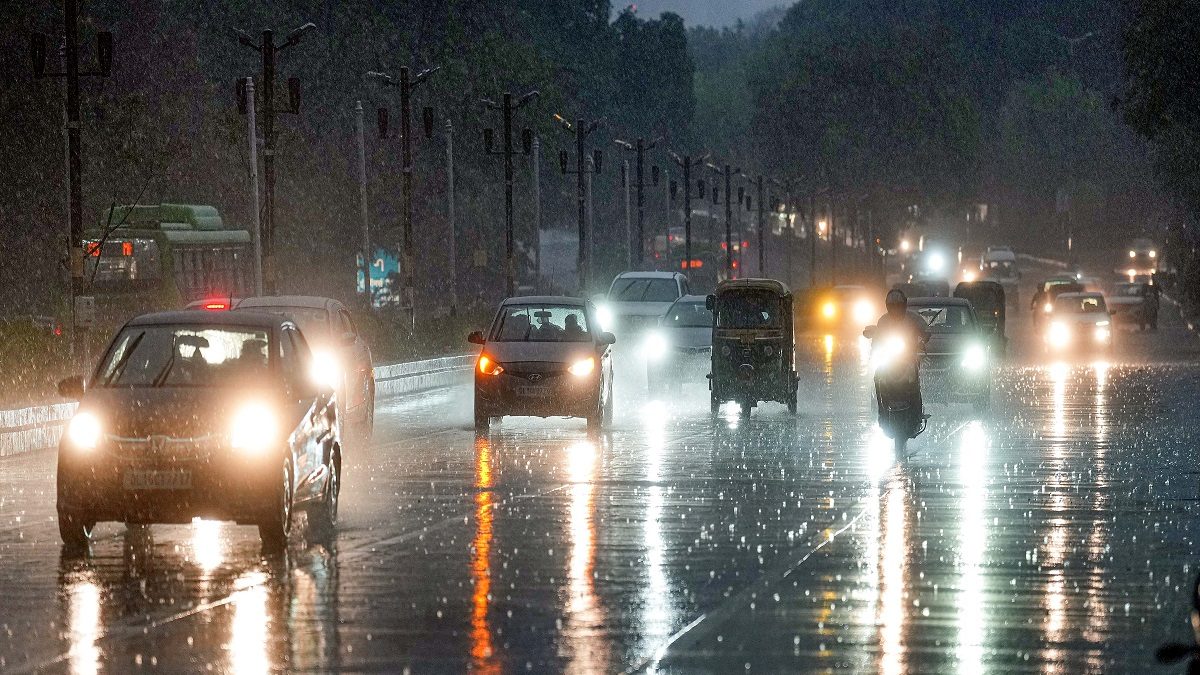India Will Have a Normal Monsoon This Year, Says IMD

India Monsoon (Photo: PTI)
This comes just a day after India’s private forecaster Skymet predicted a “below normal” rainfall this monsoon with an LPA of 94 per cent.
Indian Meteorological Department (IMD), India is expected to see a normal monsoon this year with a long-period average (LPA) of 96 per cent between June and September. In a media briefing, M Ravindran, secretary, Ministry of Earth Sciences, said that IMD expects monsoon 2023 to be normal with a rainfall of 83.5 centimetres.
This comes just a day after India’s private forecaster Skymet predicted a “below normal” rainfall this monsoon with an LPA of 94 per cent.
It says that normal rainfall is likely over many areas of peninsular India as well as northeast India, and parts of west and central India as well.
IMD also said that lower snow cover over areas such as Eurasia are favourable for the southwest monsoon.
El Nino Effect
The IMD also said that the El Niño effect may be seen in the second half of monsoon, adding that the El Niño conditions changed to neutral over the equatorial pacific region. The Met department however said there is no one-to-one relation between El Niño and Indian summer monsoon rainfall.
El Niño refers to a period of warm ocean temperatures in the eastern and central equatorial Pacific, which typically occurs every 2-7 years. During an El Niño event, the trade winds weaken, causing warm water to shift eastward and accumulate in the central and eastern Pacific. This warming of the ocean can have widespread impact on weather patterns, including increased rainfall in parts of South America, drought in Southeast Asia and Australia, and warmer temperatures in North America.
The Met department added that the Indian Ocean Diopole (IOD) is positive for monsoon. It also said that neutral IOD conditions are present over the Indian ocean.
What is a “normal” monsoon?
IMD uses the long-period average (LPA) to determine if the rainfall is “normal”, “below normal”, or “above normal”. The LPA, according to IMD’s website, “is the rainfall recorded over a particular region for a given interval (like month or season) average over a long period like 30 years, 50 years, etc.”
Usually, in India, a 50-year LPA covers large variations on either side caused by years of unusually high or low rainfall due to El Nino or La Nina.
India defines average, or normal, rainfall as between 96 per cent and 104 per cent of a 50-year average of 88 centimetres (35 inches) for the four-month season beginning June.
IMD maintains LPAs for the entire country on a national and local level.
What Skymet said recently
While the IMD has estimated 96 percent of the long period average (LPA) for this year’s monsoon, Skymet recently forecast 94 percent of the LPA for the same.
On April 10, Skymet in a note said that India is likely to witness below normal monsoon rains. Factors other than El Niño may also hit rains, the weather agency said. Mahesh Palawat, the VP-Meteorology at Skymet Weather Services, said the monsoon season this year will be weaker than usual due to multiple factors.
“This time, we expect that monsoon will be 94 percent of long period average and El Nino will be evolving and it will be much stronger in the second half of the monsoon. Apart from El Niño, we expect the Indian Ocean Dipole — another deciding factor of the southwest monsoon that is not very positive,” he said on Monday.
Read all the Latest Business News here
For all the latest business News Click Here


